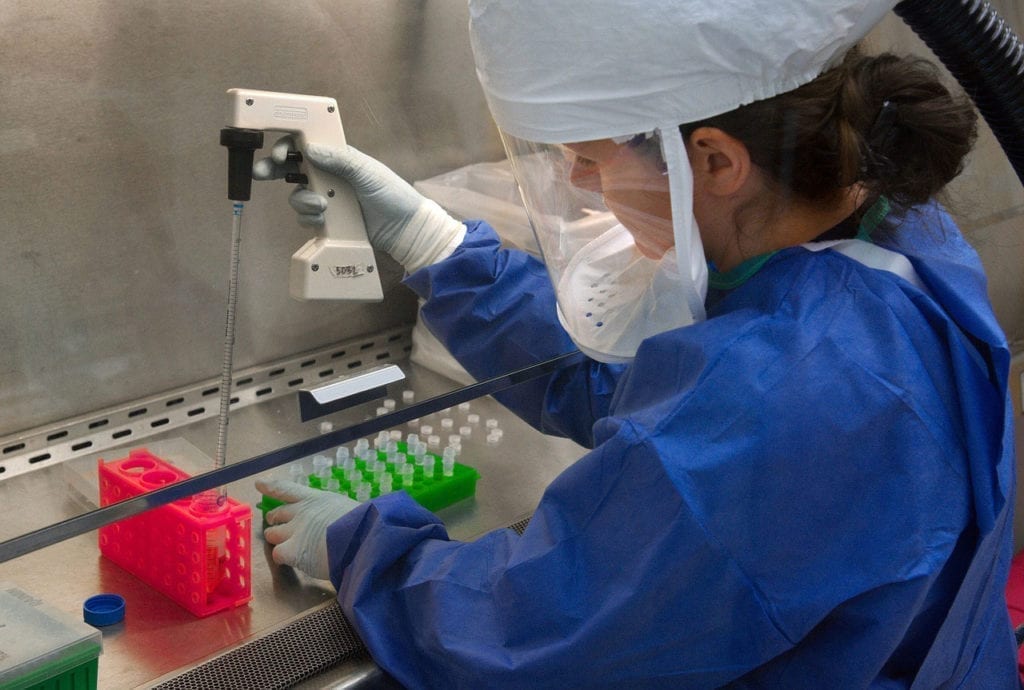Of pediatric cancers, brain cancer has the highest rate of mortality and medulloblastoma is the most common of brain cancer diagnoses in children. It’s a brain cancer that originates in the base of the brain. But why its so fatal is because it often spreads throughout the brain, making it much more difficult to treat.
What Makes Treating Brain Cancer so Tricky
Medulloblastoma spreads by traveling through the cerebral spinal fluid to other areas of the brain and the spinal cord. As it metastasizes, the probability it will be fatal greatly increases. The treatments currently on the market are not very effective and additionally, they come with a large amount of side effects.
The issue is, up until now, researchers haven’t been able to figure out what’s caused medulloblastoma to spread. If they could figure out what allowed the cancer to travel, they could stop it in its course and treat the isolated area where it initially developed.
Scientists at the University of Utah’s Huntsman Cancer Institute have finally found the answer.
The Study
Researchers gathered samples of cells from the tumors of medulloblastoma patients to investigate. What they discovered is a protein which is critical in the metastasis process called NOTCH 1.
NOTCH 1 resides on the surface of cells and it’s this protein that tells the stem cells to replicate. Using mouse models, the research team investigated the protein and then tested a monoclonal antibody treatment to see if it would combat the properties of NOTCH 1 that tell it to duplicate.
In mice, the study was successful.
A New Clinical Trial
The researchers are now developing a clinical trial to test the monoclonal antibody treatment in real patients. The treatment would be an infusion directly into the parts of the brain which houses the tumors, including the spaces which are filled with cerebral spinal fluid. Their hope is that this new treatment will not only be more effective than current treatments, but that it will produce fewer negative side effects for patients.
This study holds a lot of promise and we’re certainly keeping our fingers crossed for a successful clinical trial.
Stay tuned for updates on the clinical trial to come! In the meantime, you can read more about this study here.








